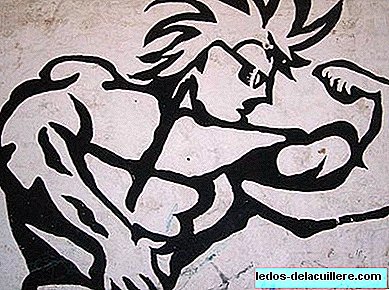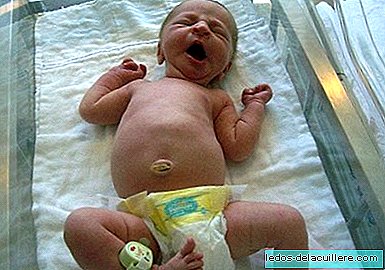
We have all seen some cases of children who, with a few years and based on inhuman training, develop a bodybuilder's own muscles. But these children we are talking about today are special, two unique cases of babies born muscular.
11 years ago, a baby with extraordinarily muscular arms and legs was born in Berlin. The doctors from the Charité University Center who brought it to the world were surprised at the baby and explored every so often to see that everything was fine.
They thought the baby was suffering from epilepsy, because he kicked hard even when he slept, but after six days of life they diagnosed muscle hypertrophy of unknown origin, that is, a growth in muscle cell size, which means an increase in the size of muscle fibers and therefore muscle.
The pediatrician in charge of the baby, Markus Schuelke, recalled the research that Dr. Se Jin Lee was conducting at Johns Hopkins University in the United States, which he had verified with mice that when the two copies of the gene encoding a protein called myostatin they are inactivated, the animals develop an extraordinary musculature.
Lee also found in 1997 that the bovine breed "Strong Belgian Blue" and a litter of Piedmontese (another bovine species) had the defective Myostatin gene, developing the musculature as well. Other animals, such as some breeds of dogs and sheep, also become supermusculated due to this genetic mutation.

Babies without myostatin, muscle protein
Myostatin (formally known as growth factor 8 and differentiation) is a factor that limits the growth of muscle tissue, for example high concentrations of myostatin in an individual cause a decrease in normal muscle development.
In the case of the German child, doctors inquired into his family to try to find out if he also lacked myostatin through an analysis that would reveal whether they expressed the two copies of the gene, one or none. They made a family tree and found more than one relative with an unusual musculature, starting with his mother, former professional athlete.
They concluded that indeed, the little one had no activated copy of the gene. There was no trace of myostatin protein in his body. That's why he has those muscles so developed. Luckily, the child's health was good and hypertrophy did not affect other vital organs such as the heart.
The study that documented this first case of a person without myostatin It was published by 'The New England Journal of Medicine' in 2004, when the boy was four and a half years old and his development was normal, although he enjoyed extraordinary strength.
More recently, an American baby born in 2005 was diagnosed with the same condition of muscular hypertrophy.
As we see, it's about unique cases of muscular babies due to this extraordinary genetic disorder, unless they are documented. Some cases that helped investigate myostatin and its influence on treatments for contrary cases, people who do not develop muscles.












